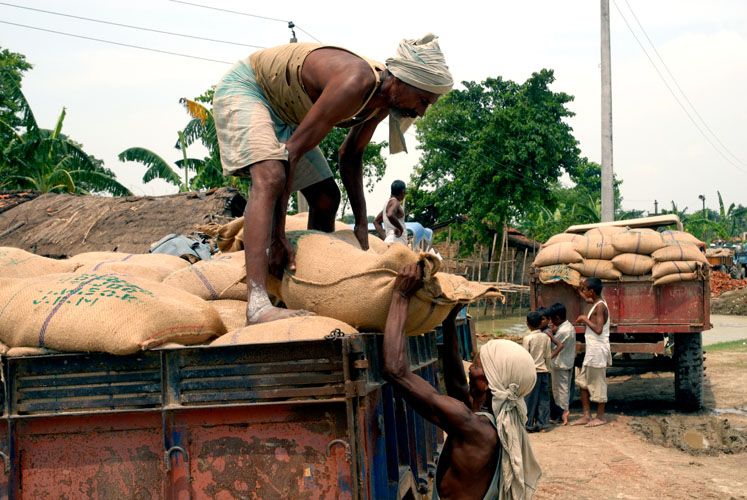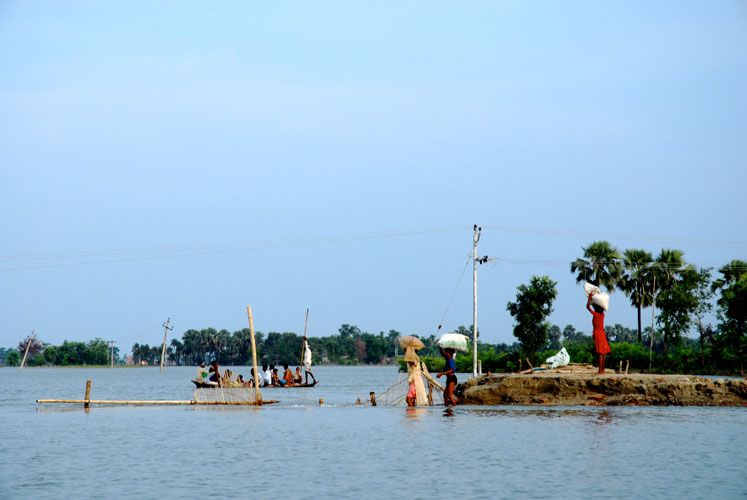September 17, 2007 | World Politics Review
BIHAR STATE, India -- The worst floods to hit India's northern Bihar state in distant memory have already affected more than 20 million people -- roughly equivalent to the population of New York state -- and killed hundreds. More rains are on the way.
A deadly cocktail of poverty, state corruption, inept disaster management and climate change is to blame for the disaster. Yet India has the capacity to deal with such large-scale crises, and must do so as a step toward finally integrating vast swaths of its "backward" rural areas that stagnate as urban centers boom. Failure to do so could prove fatal to the country's long-term growth and stability.











